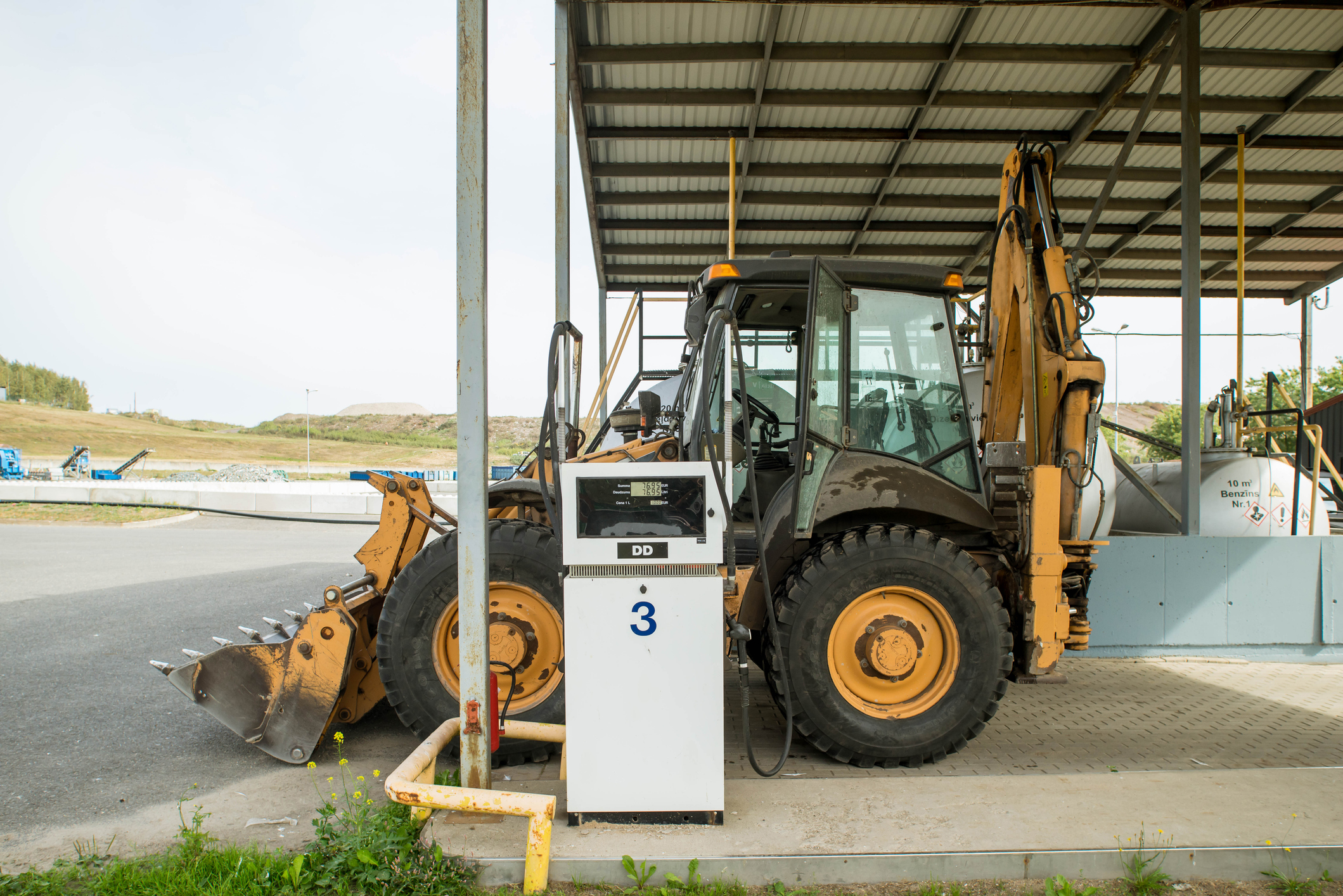Seattle Times science reporter Sandi Doughton wrote an excellent piece on the potential solar plant in Cle Elum, highlighting some of the opportunity but asking the right questions about potential problems. More information will come out, but there are some elements to watch as this project progresses.
The debate about reducing carbon emissions has centered around two policy directions: technology or lifestyle modification. The focus of most of Washington's climate policy has been on forcing people to change their lifestyle. We've noted repeatedly that these approaches have high cost and low success.
Technology is the approach that is most successful but is also consistent with prosperity. The problem is when politicians try to pick and choose the technologies of the future. They don't pick correctly very often (witness hydrogen or electric cars and biofuels, just to name two recent examples).
There is great initial excitement about the solar project in Cle Elum, but there are some important considerations to ensure that this is truly a successful project and not another taxpayer-subsidized eco-fad.
- Don't be seduced by the "world's biggest."A few years back, Washington also became home to the nation's largest biodiesel plant (disclaimer: I was hired to organize media coverage announcing that deal to build the plant). That announcement highlighted the jobs that would be created, the environmental friendliness of the project and even featured a US Senator promoting the role of government support in creating the project. Today, that plant is not running at capacity and biofuels are a suspect technology when it comes to reducing CO2 emissions. Seattle just stopped buying soy-based biodiesel due to environmental concerns. What seemed sexy just a few years back is a disappointment today.
- Taxpayers pay, profits are privatized. This project makes sense primarily due to government subsidies and regulation. The story notes that "Generous tax breaks and a citizen initiative that requires utilities to get some of their power from renewable sources also add to Washington's appeal." Put simply, Washington's laws give tax benefits for construction and require utilities to buy the energy they produce. Profiting in such a scenario is virtually guaranteed. It is hard to criticize entrepreneurs who take advantage of such an offer, but it should be clear that we are paying to build a solar plant for the right to buy high-priced energy.
- This will likely increase energy costs. As the Times story notes, solar hasn't developed like other technologies "largely because of high costs." The cost of solar photovoltaics is much higher than other forms of energy. For instance, the Kittitas wind project cost $1,920 per installed kilowatt. Solar PV, by way of comparison, costs about $7,000. It will be hard to know what the cost of this project will be until the full financials are released. The project will involve 400,000 solar cells, producing 75MW. The cost is estimated to be "north of $100 million." At $100 million the installed cost would be $1,333 per installed kilowatt, which is much lower cost than other projects, so I'm guessing that it will be well north of $100 million. By way of comparison, the solar panels the city of Seattle wanted to put on Qwest Exhibition Hall cost about $12,500 per installed KW.
- Creating or losing jobs? While job creation will be the highlighted talking point for this project, there is question about whether it will create good jobs. When looking at other solar PV installations, the article notes that "the biggest is a 60-megawatt plant in Spain." A study earlier this year examining Spain's effort to create a "green" economy found that the effort destroyed 2.2 jobs for every one it created. That's part of the reason Spain enjoys an 18 percent unemployment rate.
- Logging for a green economy. Ironically, the site of the solar array is a 400-acre area that has been clear cut in the Teanaway. That is the size of about four large clear cuts. While timber harvests re-grow, however, this guarantees the forest will likely never re-grow. Timber harvesting in the Teanaway has been the target of environmental lawsuits trying to stop the very clearings that are now the location of the biggest "green" energy project in the world.
Our creative, free-market economy is the most powerful force ever conceived to promote the technological innovation that has dramatically increased well-being while reducing environmental impact. Political efforts to pick and choose technologies, however, undermine that creativity, substituting eco-fads for true innovation. As this project moves forward, we'll have a better sense in which category it belongs.



